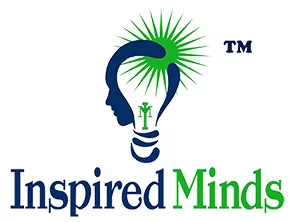The activities and discussion questions in this free classroom resource focus on how external events don’t have to determine our happiness. The discussion is a way to apply the affirmation to each of the five core competencies of social and emotional learning as students learn how to choose to be happy.
We provide the idea-starters with the intent that teachers can develop creative variations to adapt to age-appropriate use for their students.
SEL Discussion Resource: I CHOOSE TO BE HAPPY
Self-awareness
Write or say the affirmation together: I choose to be happy.
- If happiness could fill a cup, how happy do you feel? A little bit, half full, almost full, overflowing.
- Option: draw a picture or a doodle of a cup and show how full of happiness yours is.
- Then pair with someone and show your picture. Talk about what makes you happy.
- Happiness can co-exist with other emotions. Write a short essay that beings with this statement: Even when I’m disappointed, I can still find happiness because… (For a variation, change out “when I’m disappointed” for other options such as when I lose a game, when I miss the bus, when I forget my lunch, when my party is canceled, etc.)
- Discuss: Talk about what other emotions they identified in their essay and how their choice to be happy affected those real emotions.
Self-management
- Group discussion: Identify which of these statements demonstrate choosing to be happy and which ones don’t. (Pause to discuss where there is a disagreement or to discuss why.)
- If only I had __________, I would be happy.
- I have so many goals. My future is exciting, and I’m ready to work hard!
- I’ll never accomplish my goals because I don’t have what someone else has.
- I had a bad morning, so this is a bad day.
- I look for ways to encourage others and share what I have with them.
- I give a positive greeting to people I pass by.
- I try to be happy, but someone or something always wrecks my day. (Talk about how others are not responsible for our happiness, and we have a choice in how we respond.)
- I often complain all day long.
- I feel sad sometimes, but I also notice the positive things in my life.
- When I’m frustrated, I acknowledge that emotion, but then I look for a way to change my focus to something different.
- I think happiness comes from inside of me, not from what happens around me.
Responsible decision-making
- Take a one-month happiness challenge as a class. Pause for 5–10 minutes every day for students to write or draw in a happiness journal—something that makes them feel good, something positive, anything that makes them smile. At the end of the experiment, discuss how it affected their perceptions and happiness.
- List all the ways you can refocus your mindset when you feel unhappy. (Movement, smiling, music, dancing, fresh air, etc.)
Social awareness
- Who is the happiest person you know?
- What do you think makes them happy?
- What difficulties do you know they have gone through?
- List some reasons why you think this person is still happy, even with struggles.
- Do you think people who are rich and famous are more happy? Write a paragraph explaining why or why not.
Relationship skills
- Discuss: Why does giving something to someone else or helping them increase your own feeling of happiness?
- Discuss: How does gratitude affect happiness?
Next week’s SEL focus: LIFE IS BEAUTIFUL AND I ENJOY EVERY MOMENT
To find the full-size posters to use in your classroom (or the magnet or postcard size) visit our store.
Suggestion for virtual learning:
- Purchase a pack of 30 postcards for the teacher to hold the appropriate one up to the screen during discussion.
- Purchase a pack of 30 small hand-off notes for each student to have at home with them. This allows for an interactive and hands-on experience.


